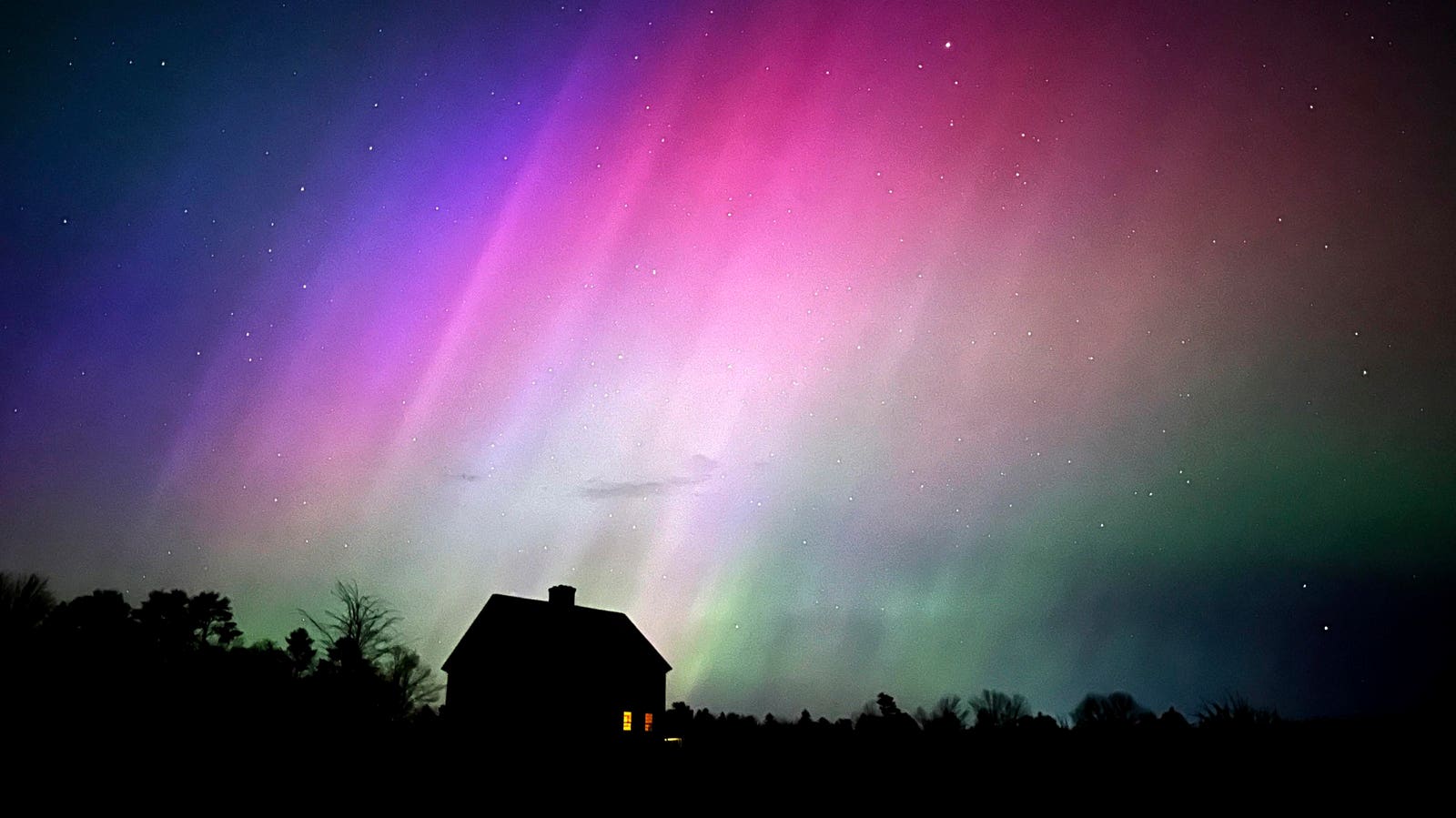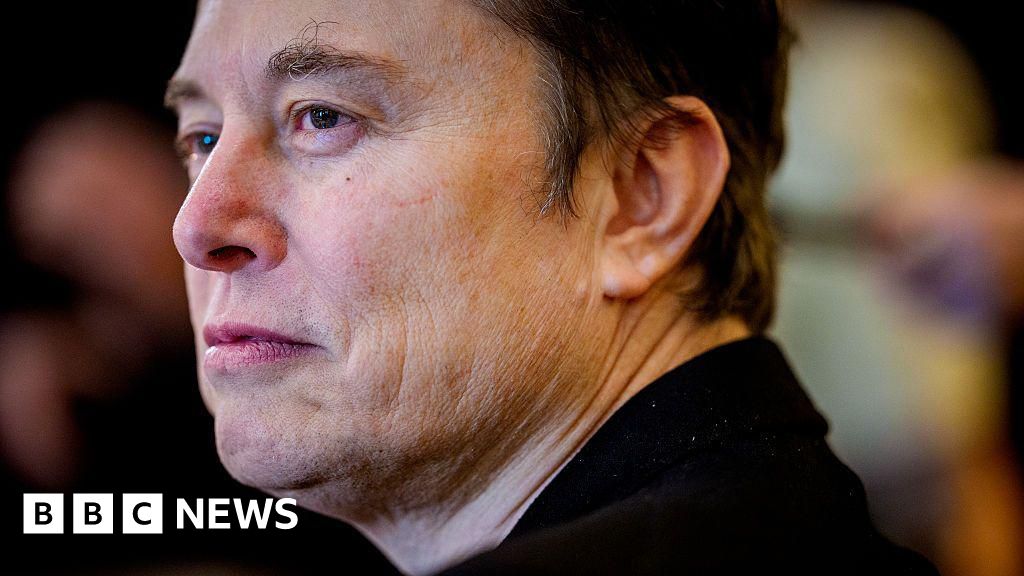Topline
A group of states along the Canadian border may have an opportunity to see the northern lights on Friday, with some radio blackouts expected through the weekend, according to the National Oceanic and Atmospheric Administration.
Some radio blackouts are also possible through the weekend, forecasters said.
Key Facts
The NOAA forecast auroral activity with a Kp index of three on a scale of nine, suggesting the northern lights will be visible farther away from the poles and be “quite pleasing to look at” for observers in the right areas.
Auroral activity was earlier forecast with a Kp index of two before NOAA upgraded its forecast on Thursday, when a Kp index increased from a three to a five as a geomagnetic storm disrupted Earth’s magnetic field, the agency’s three-day forecast said.
It’s likely the northern lights will be as visible through Sunday, with a maximum Kp index of three forecast for Saturday and Sunday.
Some minor to strong radio blackouts are possible through the weekend as well, the NOAA said, as some high-frequency radio communications may be disrupted as there’s a chance for solar flares.
Get Forbes Breaking News Text Alerts: We’re launching text message alerts so you’ll always know the biggest stories shaping the day’s headlines. Text “Alerts” to (201) 335-0739 or sign up here.
Where Will The Northern Lights Be Visible?
Parts of northeastern Washington, northern Idaho, northern Montana, North Dakota, northern Minnesota, northern Wisconsin and Upper Michigan have a low chance of seeing the northern lights. Most of Alaska and northern Canada will have a higher likelihood of viewing the phenomenon. (See map below.)
Friday night’s view line.
What’s The Best Way To See The Northern Lights?
The northern lights are best seen between 10 p.m. and 2 a.m. local time while at a north-facing, high vantage point away from light pollution, according to NOAA.
What’s The Best Way To Photograph The Northern Lights?
If using a regular camera, photography experts told National Geographic a wide-angle lens, an F-stop or aperture of four or less and a focus set to the furthest possible setting are best to capture the northern lights. If using a smartphone, NOAA recommends turning on night mode, disabling flash and lowering the shutter speed.
Key Background
A peak for northern lights displays was reached in October 2024, as activity on the sun’s surface achieved a “solar maximum,” NASA and NOAA said. This peak was reached months after NASA said the strongest geomagnetic storm in two decades impacted Earth, bringing aurora borealis as far south as Texas and northern Florida. Aurora borealis is the product of electrons from solar events—solar flares and coronal mass ejections—interacting with molecules of oxygen and nitrogen in Earth’s atmosphere. These electrons become “excited” before releasing the swirling lights of the aurora. A peak in activity on the sun’s surface will likely persist into early 2026, NASA said, as the northern lights continue to be more visible to more people.









